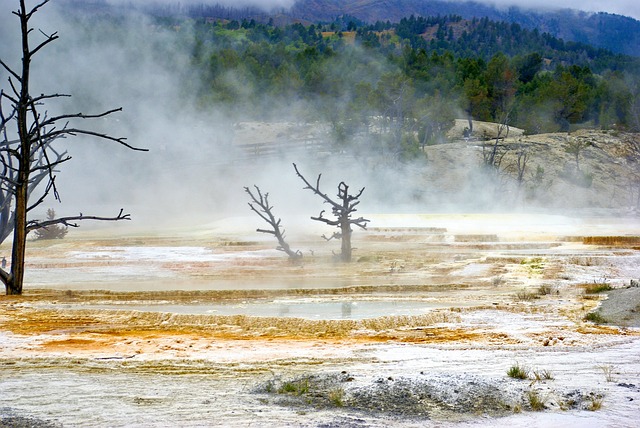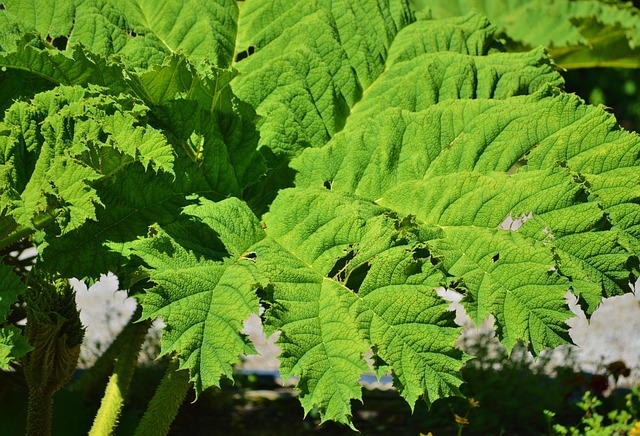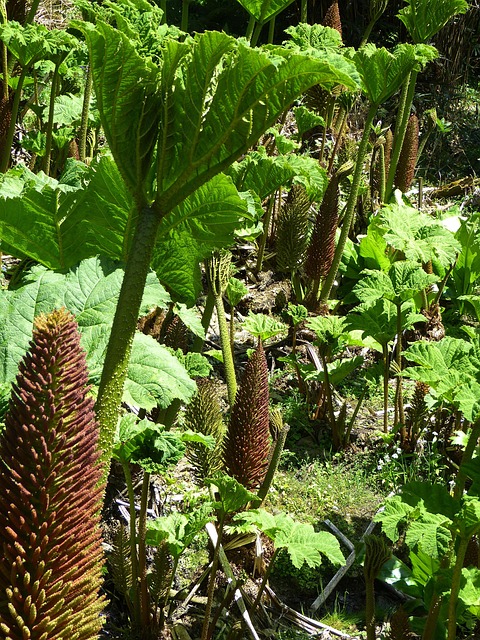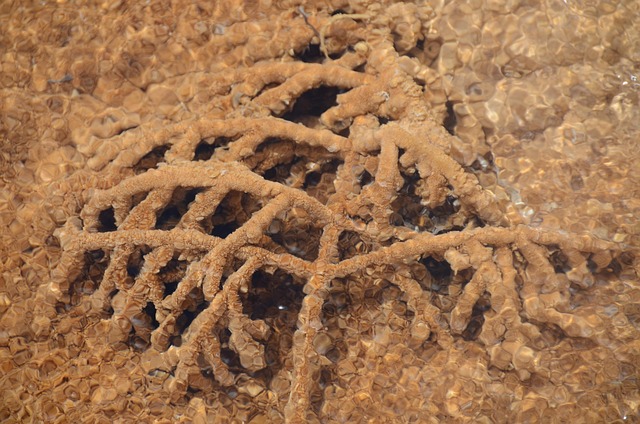Copper's ancient role in real estate development highlights its enduring appeal and functionality. From weatherproof structures of yore to modern, energy-efficient systems, copper has shaped urban and rural landscapes for centuries. Today, it remains a sought-after material in architecture and interior design, known for both aesthetic and practical benefits. Historical copper production sites, rich in industrial heritage, offer unique opportunities for modern development, with real estate professionals recognizing their value as sustainable communities or eco-tourism hotspots. Integrating green spaces and modern amenities can create vibrant, mixed-use developments that blend respect for the past with contemporary lifestyles.
“Uncover the enduring legacy of copper production in real estate through the ages. From ancient mining sites to modern architectural marvels, copper has left an indelible mark on property values and designs. This article explores how historic copper roots influence contemporary real estate trends, delving into preservation efforts that safeguard these cultural treasures. Discover why copper remains a timeless asset in the dynamic world of real estate.”
Unveiling Copper's Ancient Legacy in Real Estate History

Copper, a metal with a rich history, has left its mark on more than just industrial landscapes. Its ancient roots in real estate reveal a fascinating tale of human innovation and adaptation. Since copper’s discovery thousands of years ago, it has played a significant role in shaping societies and their built environments. From ancient civilizations using copper for architectural accents to modern-day construction embracing the metal for its durability and aesthetic appeal, its legacy is evident across time.
The integration of copper into real estate development dates back to when cultures first harnessed its unique properties. Ancient Egyptians, Greeks, and Romans valued copper for its ability to withstand the elements, employing it in roof designs and structural elements. Fast forward to today, and copper continues to be a sought-after material in architecture and interior design. Its versatility allows for both functional and decorative uses, from weatherproof exterior cladding to elegant lighting fixtures and hardware, enhancing the beauty and value of properties worldwide.
The Impact of Copper on Property Values and Designs Through the Ages
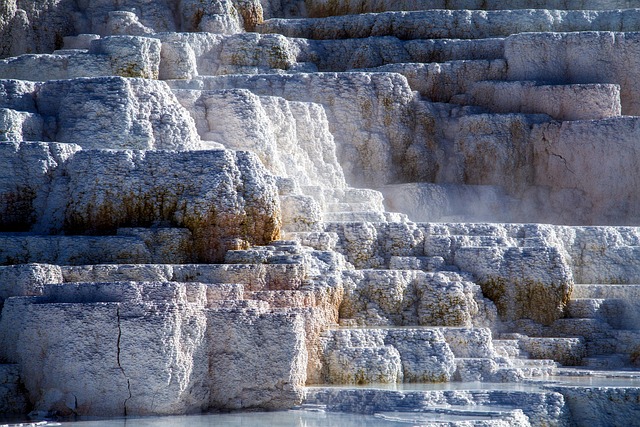
Copper, a versatile metal with a rich history in production, has left its mark on more than just industrial landscapes. Its influence extends to the heart of communities and the values they hold dear, particularly in the realm of real estate. Through the ages, copper’s aesthetic appeal and practical uses have driven design trends and elevated property values. From ancient civilizations adorning their structures with copper plates to modern architectural marvels incorporating copper wiring and fixtures, this metal has been a constant companion in shaping urban and rural landscapes alike.
The integration of copper into real estate designs spans back centuries, showcasing its enduring appeal. Historical buildings often boast copper roofs or decorative elements, adding a touch of elegance and longevity. In today’s market, properties featuring copper accents or entirely copper-based systems are sought after for their unique charm and the metal’s proven ability to enhance energy efficiency. Copper wiring, for instance, is highly valued for its conductivity and role in sustainable property management, contributing to more appealing and valuable real estate investments.
Preserving Historic Copper Production Sites: A Modern Real Estate Perspective

The historic copper production sites, with their rich industrial heritage, offer a unique blend of cultural and environmental significance in today’s real estate landscape. Preserving these ancient mines and smelting works not only safeguards our nation’s history but also presents innovative opportunities for modern development. Real estate professionals recognize the value in revitalizing these forgotten gems into sustainable communities or eco-tourism hotspots.
From an investment perspective, adapting historic copper production areas could foster a sense of place and attract forward-thinking buyers. Integrating green spaces, cultural centers, and modern amenities within these sites can create vibrant, mixed-use developments. This approach respects the past while catering to contemporary lifestyles, ensuring that these once-thriving industrial areas find new life in the present.


